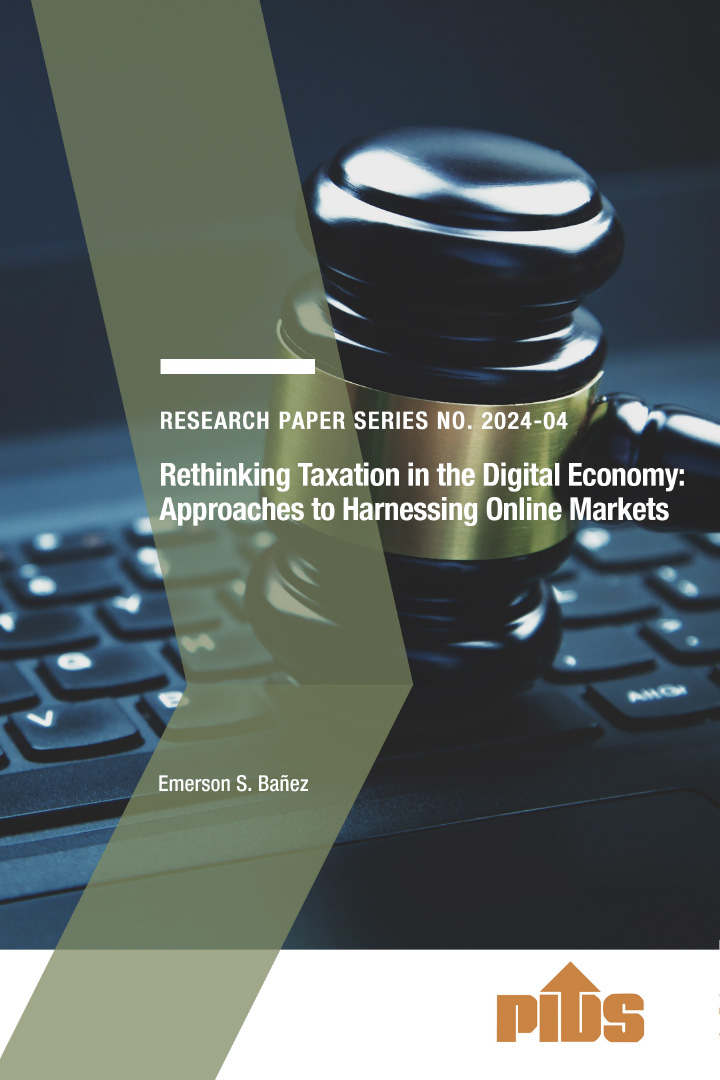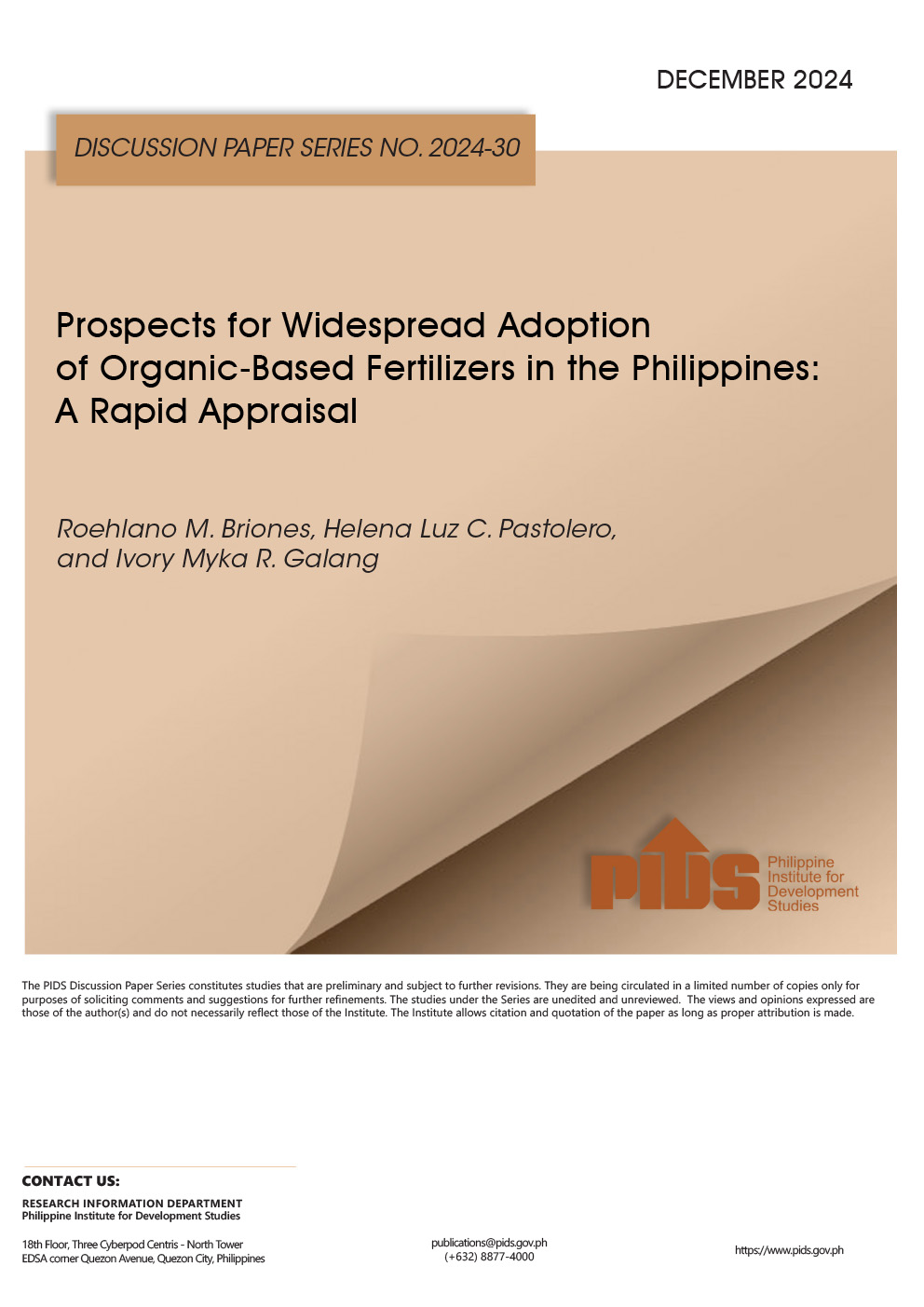The country’s economic managers appear bent on removing next year the quantitative restrictions (QR) on rice importation to comply with the commitment of the Philippines to the World Trade Organization (WTO) and to pave the way for lowering the price of our staple food.
In 2014, the WTO had allowed the Philippines to extend its QR on rice until June 30, 2017, to enable our country to buy more time to prepare local farmers for free trade and enable them to be more competitive with other rice producers. Earlier in 1995, the WTO permitted the Philippines to impose a 10-year rice QR system which was extended in 2004. When the QR lapsed in 2012, it was renewed in 2014 for three more years.
“It’s not good to extend it for the fourth time, it doesn’t make us look good that we keep on extending it,” Socio-economic Planning Secretary Ernesto Pernia said as he stressed scrapping the QR would lead to lower prices.
Other economic experts agree that increased rice supply from more imports will lower prices because even with a proposed tariff rate of 35%, cheap rice from Thailand and Vietnam can still be sold at prices lower than that of locally-produced rice.
“It’s going to be better for consumers and it’s going to exert pressure on farmers and to others involved in the industry to not get into a vicious cycle where nothing gets done,” Pernia said. “The competition is always good for people to get their acts together and deliver results.”
But Agriculture Secretary Emmanuel Piñol is opposed to Pernia’s position, saying the removal of QR will be disastrous to local farmers who are still not prepared to compete with imported cheap rice.
Pinol’s stand is supported by two of his predecessors at the helm of the Department of Agriculture, Leonardo Montemayor and William Dar, who warned that rice trade deregulation will cause severe cuts in income of some 1.5 million farmers whose production costs exceed that of their Vietnamese and Thai counterparts.
“For the 550,000 who are expected to be displaced altogether, they will find the cheap imported rice unaffordable. At present, it remains unclear what realistic support/adjustment measures will be extended by the current administration to affected farmers and other stakeholders in the rice industry,” they lamented.
Dar and Montemayor, who were recent guests in my DZMM Teleradyo program Sagot Ko ‘Yan (8 to 9 a.m. Sundays), said lifting the QR will lead to a drop in farmer’s income and undermine President Duterte’s campaign promise of achieving self-sufficiency in domestic rice production within two years.
They also warned that the advantages for consumers “may turn out to be temporary, minimal and unsustainable.” Citing studies of the Philippine Institute of Development Studies, and independent economists like Manuel Montes, they said that “with the financial incentives of bringing in cheap rice and the resultant reduced production of the staple locally, Philippine rice imports may balloon to 4-5 million metric tons annually.”
Dar and Montemayor explained that with our country’s limited port, storage, shipping, and transportation facilities, it is doubtful if we can handle importations double the magnitude of 2 million tons, historically the Philippines’ largest import volume in a single year.
In a position paper they co-wrote with Trade Union Congress of the Philippines President and former Labor Secretary Ruben Torres, Dar and Montemayor also warned that amid the extremely limited amount of rice traded globally, “Filipino consumers will be at the mercy of the profit-maximizing speculators” here and abroad.
They recalled that in 2007-2008, the international price of rice skyrocketed from $300 to $1,200 per metric ton, with domestic prices jumping almost 100%, “due to shortfall in supply, market speculations, panic-buying by importing countries and import restrictions imposed by major exporters like India, Vietnam, and Thailand which wanted to secure adequate supplies for their local populations first.”
They said reliance on importation should take into account adverse effects of climate change which, according to the International Food Policy Research Institute, could lead to the following: rice prices will increase by 32 to 37%, rice yield losses will be 10-15%, and 20 million hectares of rice areas will be at risk, particularly in major exporters to the Philippines like India and Vietnam.
“A ‘win-win’ outcome to the challenge of security in food in general and rice in particular will demand well thought out, comprehensive and dynamic solutions that go beyond mere textbook application of theories of ‘comparative advantage’ and free trade,” they concluded in their position paper.
Clearly, there is need to achieve balance between the need for cheap and readily available rice to benefit consumers, and to ensure sustainable livelihood and decent income for local farmers that ought to lead to self-sufficiency.
I support their call for concerned sectors to “immediately implement the necessary policies and programs (on technologies, practices, markets) that will improve the productivity and competitiveness of our rice farmers and their industry.”
E-mail: finding.lina@yahoo.com
In 2014, the WTO had allowed the Philippines to extend its QR on rice until June 30, 2017, to enable our country to buy more time to prepare local farmers for free trade and enable them to be more competitive with other rice producers. Earlier in 1995, the WTO permitted the Philippines to impose a 10-year rice QR system which was extended in 2004. When the QR lapsed in 2012, it was renewed in 2014 for three more years.
“It’s not good to extend it for the fourth time, it doesn’t make us look good that we keep on extending it,” Socio-economic Planning Secretary Ernesto Pernia said as he stressed scrapping the QR would lead to lower prices.
Other economic experts agree that increased rice supply from more imports will lower prices because even with a proposed tariff rate of 35%, cheap rice from Thailand and Vietnam can still be sold at prices lower than that of locally-produced rice.
“It’s going to be better for consumers and it’s going to exert pressure on farmers and to others involved in the industry to not get into a vicious cycle where nothing gets done,” Pernia said. “The competition is always good for people to get their acts together and deliver results.”
But Agriculture Secretary Emmanuel Piñol is opposed to Pernia’s position, saying the removal of QR will be disastrous to local farmers who are still not prepared to compete with imported cheap rice.
Pinol’s stand is supported by two of his predecessors at the helm of the Department of Agriculture, Leonardo Montemayor and William Dar, who warned that rice trade deregulation will cause severe cuts in income of some 1.5 million farmers whose production costs exceed that of their Vietnamese and Thai counterparts.
“For the 550,000 who are expected to be displaced altogether, they will find the cheap imported rice unaffordable. At present, it remains unclear what realistic support/adjustment measures will be extended by the current administration to affected farmers and other stakeholders in the rice industry,” they lamented.
Dar and Montemayor, who were recent guests in my DZMM Teleradyo program Sagot Ko ‘Yan (8 to 9 a.m. Sundays), said lifting the QR will lead to a drop in farmer’s income and undermine President Duterte’s campaign promise of achieving self-sufficiency in domestic rice production within two years.
They also warned that the advantages for consumers “may turn out to be temporary, minimal and unsustainable.” Citing studies of the Philippine Institute of Development Studies, and independent economists like Manuel Montes, they said that “with the financial incentives of bringing in cheap rice and the resultant reduced production of the staple locally, Philippine rice imports may balloon to 4-5 million metric tons annually.”
Dar and Montemayor explained that with our country’s limited port, storage, shipping, and transportation facilities, it is doubtful if we can handle importations double the magnitude of 2 million tons, historically the Philippines’ largest import volume in a single year.
In a position paper they co-wrote with Trade Union Congress of the Philippines President and former Labor Secretary Ruben Torres, Dar and Montemayor also warned that amid the extremely limited amount of rice traded globally, “Filipino consumers will be at the mercy of the profit-maximizing speculators” here and abroad.
They recalled that in 2007-2008, the international price of rice skyrocketed from $300 to $1,200 per metric ton, with domestic prices jumping almost 100%, “due to shortfall in supply, market speculations, panic-buying by importing countries and import restrictions imposed by major exporters like India, Vietnam, and Thailand which wanted to secure adequate supplies for their local populations first.”
They said reliance on importation should take into account adverse effects of climate change which, according to the International Food Policy Research Institute, could lead to the following: rice prices will increase by 32 to 37%, rice yield losses will be 10-15%, and 20 million hectares of rice areas will be at risk, particularly in major exporters to the Philippines like India and Vietnam.
“A ‘win-win’ outcome to the challenge of security in food in general and rice in particular will demand well thought out, comprehensive and dynamic solutions that go beyond mere textbook application of theories of ‘comparative advantage’ and free trade,” they concluded in their position paper.
Clearly, there is need to achieve balance between the need for cheap and readily available rice to benefit consumers, and to ensure sustainable livelihood and decent income for local farmers that ought to lead to self-sufficiency.
I support their call for concerned sectors to “immediately implement the necessary policies and programs (on technologies, practices, markets) that will improve the productivity and competitiveness of our rice farmers and their industry.”
E-mail: finding.lina@yahoo.com












